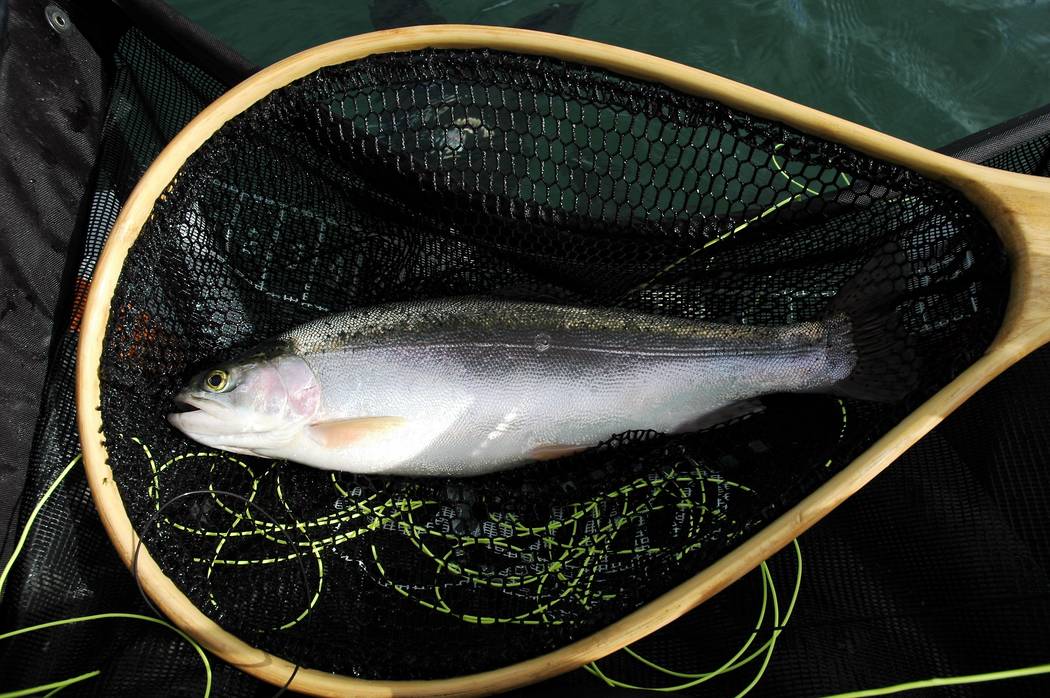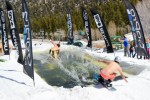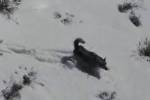Teach kids how to fish at one of Las Vegas’ urban ponds
If you are looking for a way to get your kids or grandkids outdoors this Thanksgiving weekend, you may want to consider introducing them to the sport of fishing. If you have already done that, then consider taking them out for a fishing adventure they can tell their friends about when they return to school.
In either case, you can accomplish your mission at one of the Las Vegas area’s urban fishing ponds.
They can be found at Floyd Lamb, Lorenzi and Sunset Parks in Las Vegas, and at Veterans Memorial Park in Boulder City. In Mesquite, you will find the pond at Hafen Park. During the cool months of the year, the Nevada Department of Wildlife plants rainbow trout in these ponds on a regular basis. The agency begins its seasonal trout plants once the water temperature in the park ponds drops below 60 degrees and continues them until early spring when the water becomes too hot to sustain trout. Then the agency switches to catfish because they are a warm water fish.
Even though the water is chilly, there is still a chance that your fishermen-in-training will catch a catfish or even a largemouth bass in some ponds, but your best chance for success is to go prepared for scrappy rainbows. Keys to success are patience and using the right tackle.
During my years as a game warden, I spent considerable time each winter patrolling the park ponds. While talking with the fishermen who frequented the ponds, I discovered that many of them used hooks or lures that are much too big and line that is much too heavy. As a result, they spent more time trout fishing than they did trout catching.
Let’s begin with the fishing line. If you buy a rod and reel combination at one of the discount marts, you will generally find it pre-spooled with cheap, heavy line, perhaps as heavy as 12- to 15-pound test. This inexpensive and heavy line will have significant memory, meaning the line will remain coiled when stretched out. When an angler casts this line, it will have a tendency to become tangled and knot up. In addition, trout can easily see the heavy line in the water.
When using a spinning or casting rod for trout, I prefer to use quality monofilament in 4-pound test. Sometimes I will go a little heavier, but usually no heavier than 6-pound test. Don’t hesitate to change your line, it could make all the difference.
Size of hook matters
Unlike bass, which have a very large mouth that enables them to easily swallow a large swimbait or spinnerbait, trout have a very small mouth. For trout, go with a small hook, especially when fishing for planters like those in the park ponds. When using worms, I use number 12 hooks. If I use a prepared bait, like PowerBait, I prefer a size 14 or 16 treble hook.
When using something like PowerBait, I use only enough to cover the hook. By keeping the bait small, a trout can easily fit its mouth over the finished product. Any more than that will create a ball of bait that may be too large for a fish to fit its mouth over. When throwing hardware, be sure to size your lure to the fish you are hoping to catch.
If you plan to catch and release your fish, avoid using a treble hook. They are designed to make it difficult for a fish to free itself, but they also make it difficult for an angler to release the fish. Single barbless hooks are preferred.
When catch-and-release fishing, keep the trout in the water as much as possible and do not hold it with a towel or rag. Doing so will remove its protective coating or slime. Forceps or needle-nose pliers will make it easier to remove the hook than using only your fingers. It also is easier on the fish. One the hook is removed, hold the fish with a light grip by the tail. Slide it gently back and forth so the water runs through its gills. This will help it rebuild its oxygen level. Once the fish is strong enough to swim away without rolling on its side let it go. If the fish doesn’t revive it is yours. Keep space in your limit just in case.
Anyone who is 12 years and older needs a fishing license and a trout stamp.
Freelance writer Doug Nielsen is a conservation educator for the Nevada Department of Wildlife. His “In the Outdoors” column, published Thursday in the Las Vegas Review-Journal, is not affiliated with or endorsed by the NDOW. Any opinions are his own. Find him on Facebook at @dougwritesoutdoors. He can be reached at intheoutdoorslv@gmail.com.




























